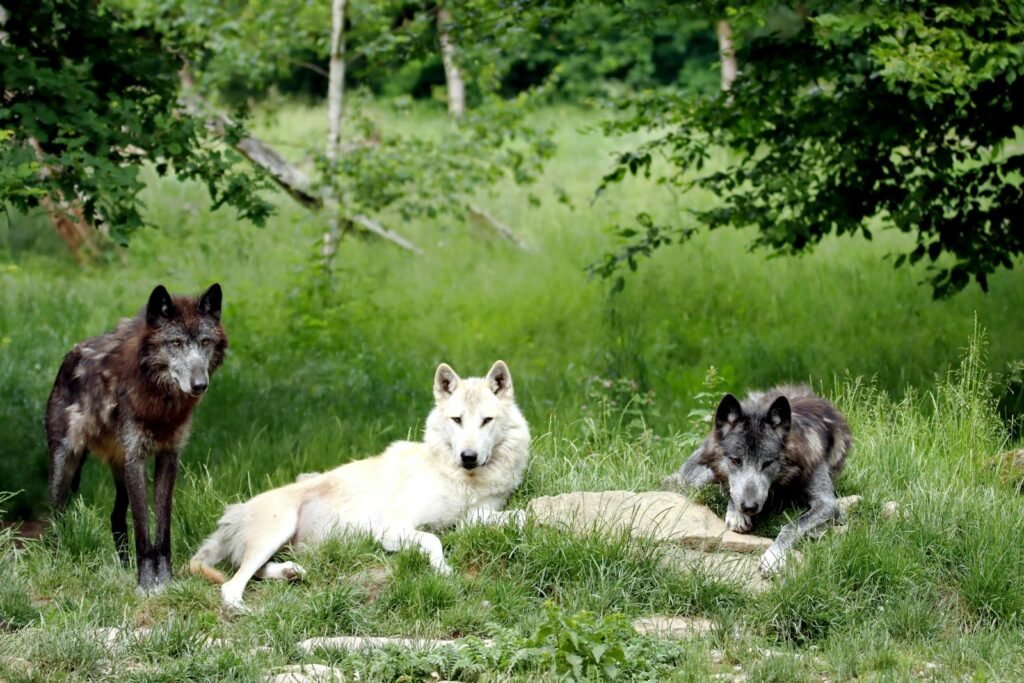Imagine a moment in American history so powerful that it could shake the nation’s soul: the return of the Black Hills to the Sioux people. For generations, this sacred region in South Dakota has been at the center of a story filled with heartbreak, resilience, and hope. The Black Hills—Paha Sapa in the Lakota language—are not just a stretch of scenic mountains and pine forests. They are the spiritual heart of the Sioux, ripped away through broken treaties and gold fever. What if, against all odds, the land was finally returned? What would change, not only for the Sioux but for everyone who holds the Black Hills dear? The answer is as complex as it is stirring, weaving together history, science, law, and the enduring power of nature.
The Spiritual Heartbeat of the Sioux

The Black Hills pulse with meaning for the Sioux, echoing stories, prayers, and ceremonies passed down through countless generations. They are more than a homeland—they are a living relative, deeply entwined with beliefs about creation, life, and death. For the Sioux, places like Bear Butte and Harney Peak are sacred sites where visions are sought and ancestors are honored. Returning the Black Hills would rekindle ancient ceremonies and traditions that have been suppressed or pushed aside for decades. It would be a healing act, a reconnection with the sacred that science cannot fully measure but that resonates powerfully in the hearts of the people.
Legal Earthquakes: The Treaty That Was Broken
Few events in American legal history are as controversial as the 1877 seizure of the Black Hills. In 1868, the United States government promised the Sioux the Black Hills “forever” in the Fort Laramie Treaty. But the discovery of gold unleashed a flood of miners and settlers, and the U.S. swiftly reneged on its word. If the Black Hills were returned, it would be an unprecedented reversal of a major land grab. This would spark intense debates about treaty rights, government accountability, and the meaning of justice in the modern era. Legal scholars and politicians would grapple with how to honor the treaty while balancing the interests of non-Native residents and businesses.
Cultural Revival and Identity
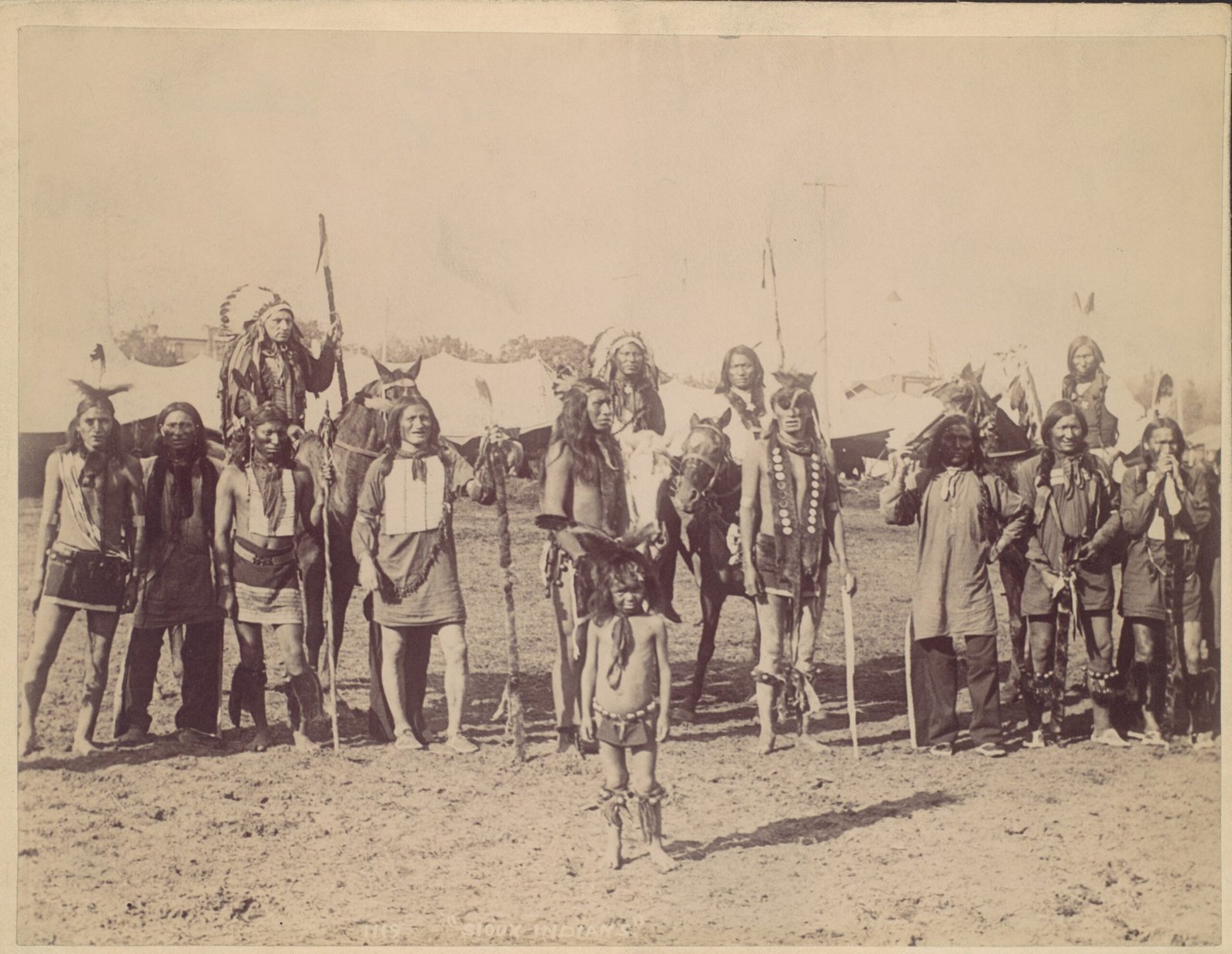
Land is identity. To the Sioux, regaining the Black Hills would mean much more than owning property—it would be a restoration of culture and pride. Language programs, art, and traditional ecological knowledge could flourish in ways that are impossible under the current system. Children would grow up knowing the land their ancestors walked, learning stories under the same sky. This sense of place forms the bedrock of resilience and self-determination, offering young people hope and a stronger sense of who they are. Cultural festivals, art, and storytelling could thrive in the heart of the Black Hills, echoing with renewed energy.
Economic Impacts: Challenges and Opportunities
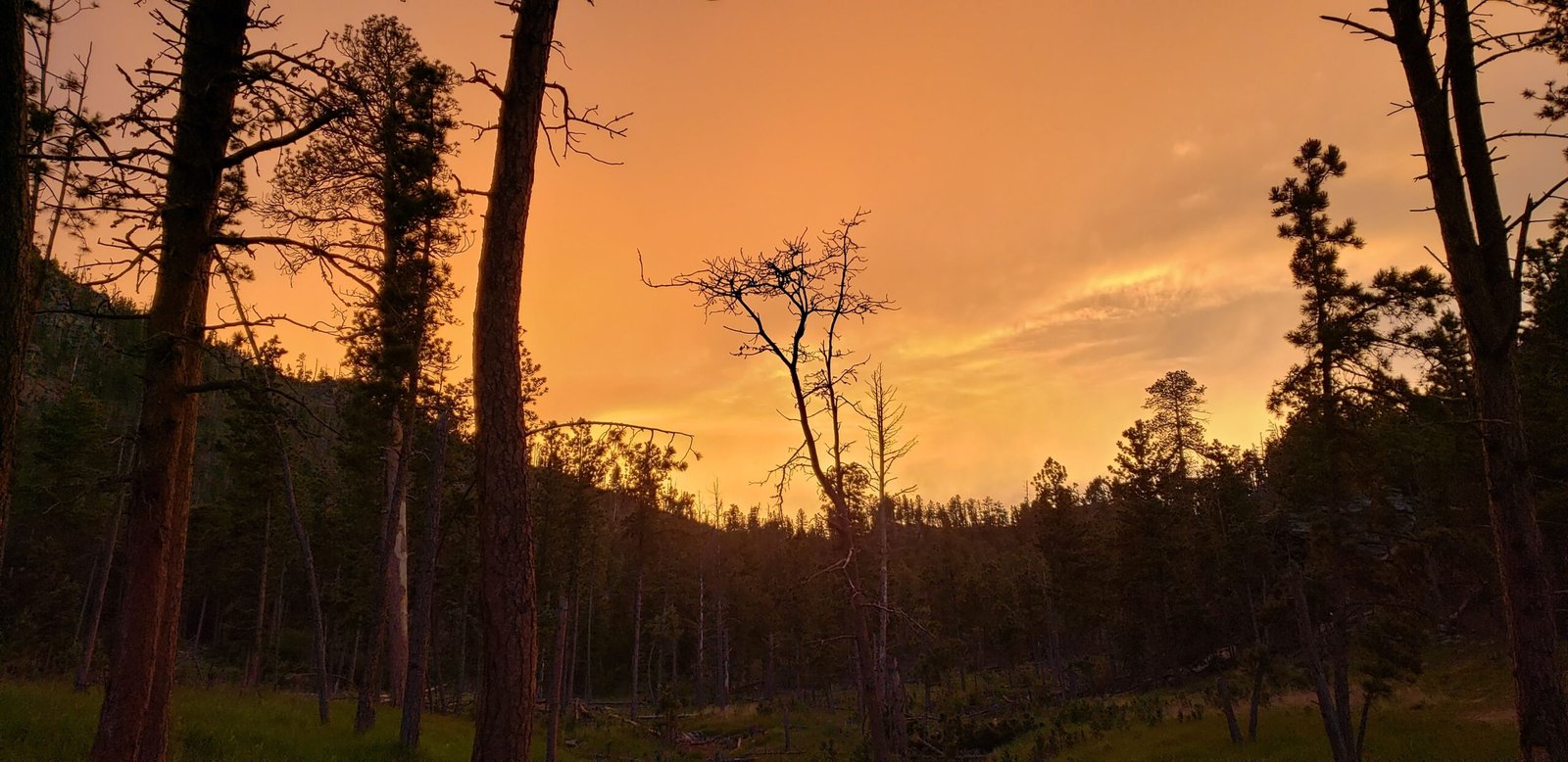
Returning the Black Hills wouldn’t just be a symbolic gesture—it would reshape the region’s economy in profound ways. The area is rich in tourism, mining, and forestry, supporting thousands of jobs. If the Sioux regained control, they would face tough decisions about managing these resources sustainably while honoring their values. New economic models could emerge, blending traditional stewardship with modern business. Eco-tourism, cultural tourism, and Native-run enterprises might rise, showcasing Sioux heritage and environmental ethics. However, there would also be disputes, negotiations, and the need to address concerns from non-Native businesses and residents whose livelihoods depend on the current system.
Environmental Stewardship and Scientific Collaboration
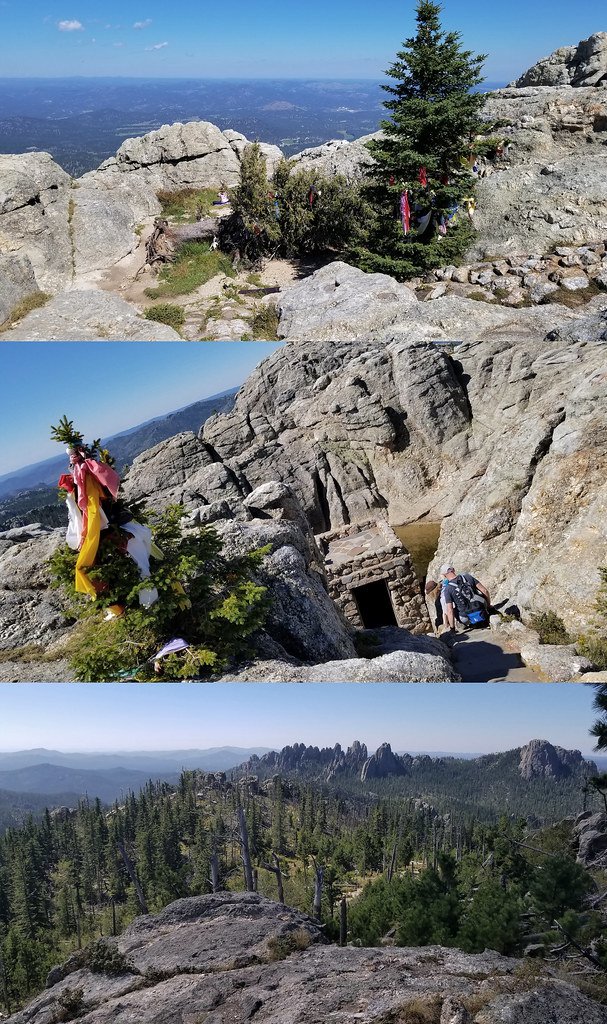
The Sioux have a deep, time-tested relationship with the Black Hills ecosystem. Their traditional knowledge offers unique insights into managing forests, wildlife, and water sustainably. If the land were returned, this wisdom could shape conservation efforts in innovative ways. Scientists and tribal experts might work side by side, blending Western methods with indigenous practices to protect endangered species, restore habitats, and combat climate change. Imagine bison herds roaming freely once more, or controlled burns guided by ancient knowledge keeping forests healthy. The Black Hills could become a living laboratory for ecological renewal, inspiring new approaches far beyond South Dakota.
Tourism Transformed: A New Narrative
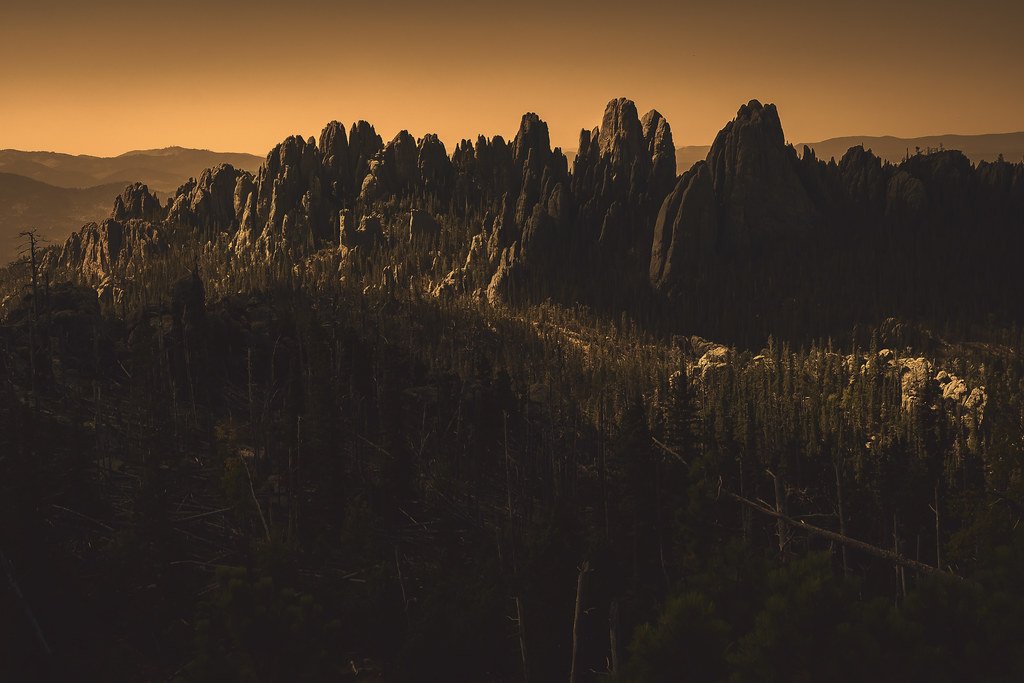
The Black Hills attract millions of visitors every year, drawn by dramatic landscapes and famous sites like Mount Rushmore and Crazy Horse Memorial. But a return to Sioux stewardship would transform tourism, offering deeper, more authentic experiences. Guided hikes could share Lakota legends and the meaning of sacred sites. Artisans could sell traditional crafts, while visitors could participate in cultural festivals or ceremonies—with respect and permission. This shift would challenge the narrative of the Black Hills as merely a playground or a backdrop; instead, they would become a place to learn, connect, and reflect on a complicated history.
Community Tensions and Healing
Change of this magnitude would not come without pain. Longstanding tensions between Native and non-Native communities could flare, as questions of land rights, heritage, and justice are debated. Some would feel fear or resentment, while others might welcome the chance for reconciliation. Honest conversations, truth-telling, and shared projects would be needed to build trust. Healing is rarely simple, but the return of the Black Hills could open doors to dialogue—painful, yes, but also deeply necessary for healing old wounds and forging a more inclusive future.
National and Global Repercussions
The world would be watching if the Black Hills were returned. Such an act would set a precedent for other indigenous land claims in the United States and around the globe. Governments, activists, and scholars would study the process, weighing its successes and challenges. This could inspire similar movements in Australia, Canada, and New Zealand, where indigenous peoples seek justice for lost lands. The Black Hills could become a symbol of reconciliation and a spark for broader discussions about colonialism, reparations, and the rights of original inhabitants everywhere.
Ecological Restoration: Science Meets Tradition
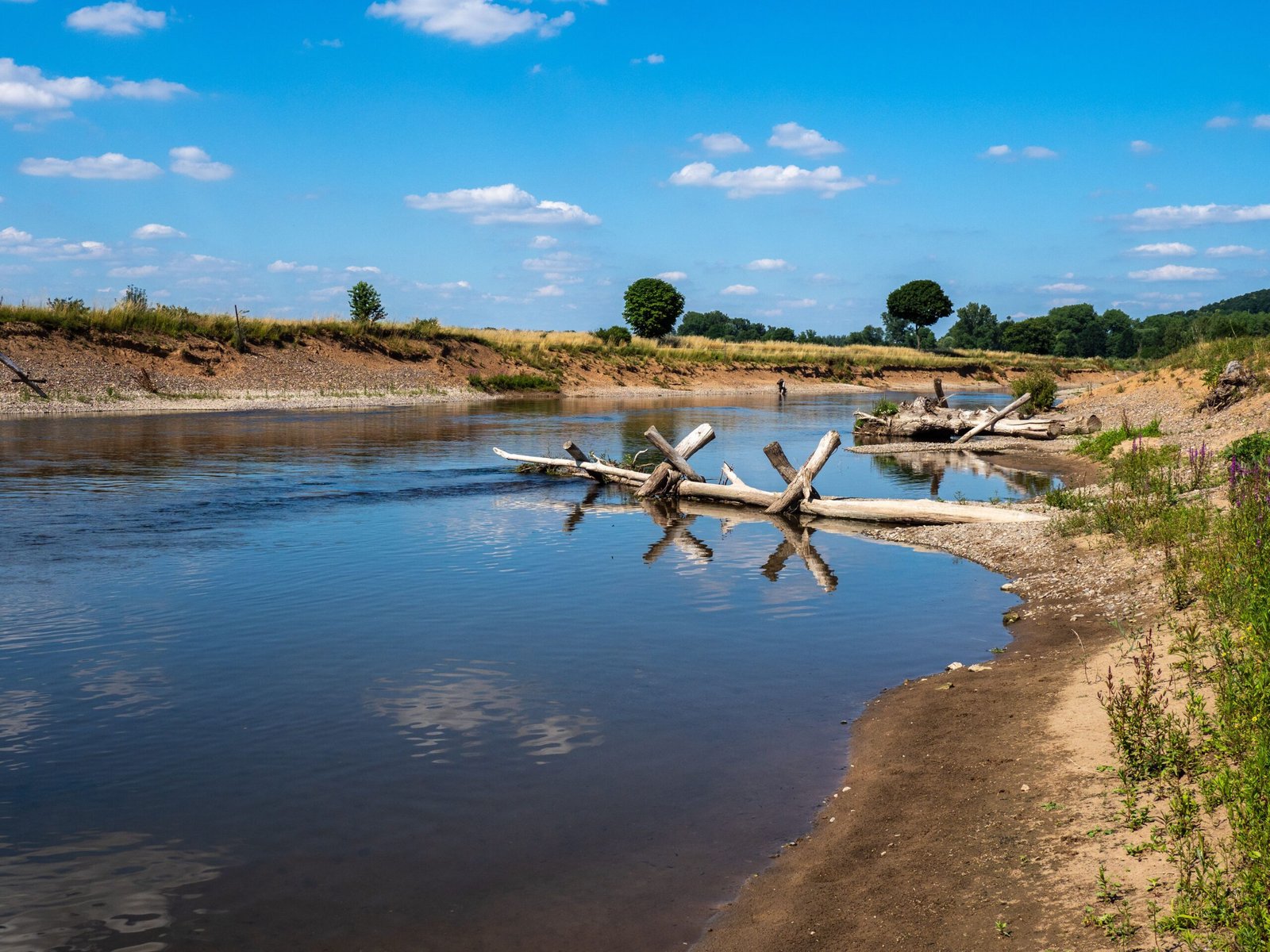
Restoring the Black Hills would be more than a political act—it would be a chance to heal the land itself. Years of mining, logging, and development have left scars on the landscape. The Sioux could lead efforts to restore damaged areas, replant native species, protect watersheds, and reintroduce wildlife. Their knowledge of how to live in balance with nature could guide scientific efforts, creating a model for ecological restoration that blends the best of two worlds. The Black Hills could once again become a sanctuary for plants, animals, and people.
The Unseen Ripple Effects

Returning the Black Hills to the Sioux would send shockwaves through American society. It would challenge people to rethink history, justice, and what it means to make amends. Schools might teach more about indigenous histories, and museums could update their exhibits. People who once saw the Black Hills as just a vacation spot might come to appreciate their deeper significance. The Sioux, empowered by the return, could inspire a new generation to stand up for their rights and protect their heritage. The ripple effects would reach far beyond South Dakota, stirring hearts and minds everywhere.
Enduring Questions and Hopes
What would happen if the Black Hills were returned to the Sioux? The answer is as vast and intricate as the land itself. It would be a journey filled with hope, struggle, and transformation. Some dreams might be realized, while new challenges would surely arise. But in the end, returning the Black Hills would offer a rare chance to right a historic wrong, to heal both land and people, and to imagine a future shaped by respect and shared stewardship. What would you hope to see in such a world?

